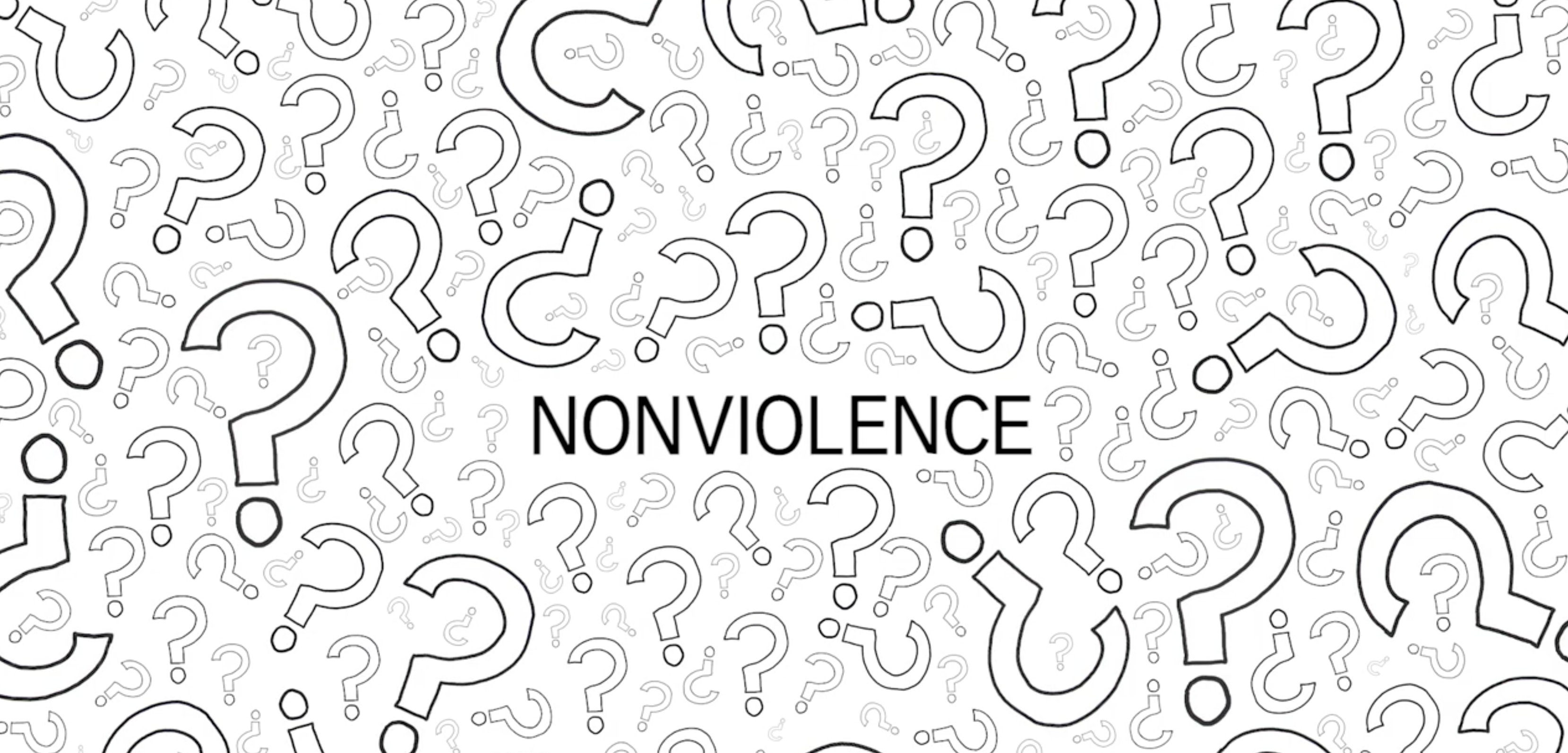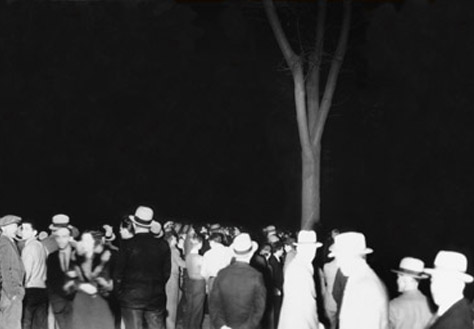The idea that the classroom should be a space for nonviolent practice may not seem very interesting; for many of us it is simply a no-brainer, defining the ideal nature of student-teacher and student-student relationships. Others may be more doubtful, concerned that this might imply that one should avoid exploring provocative topics that may be triggering or provoke anger in some students. Both of these responses, though, fail to capture the fundamental nature of the practice of nonviolence, which is a form of action intended to be used in deeply polarized social contexts. Its goal is precisely to create change in relationships divided by fear, anger and even contempt. While successful nonviolent movements use large-scale actions that seek to break the power of the opponent, they also employ more subtle methods, many of them involving art and storytelling, that aim to shift people’s hearts and minds. It is these more subtle forms of nonviolent practice that we believe has relevance for the classroom. As educators, we rarely have to confront the fear and dehumanization that exists in deeply embedded systems of injustice, but we do face discriminatory attitudes, harmful ideologies and often simply denial or indifference.
Our capacity to avoid and evade uncomfortable realities is complex and little understood, despite its influence in shaping our individual lives, as well as the larger cultural and political worlds we inhabit. In States of Denial(2001), sociologist Stanley Cohen emphasizes the ordinariness of denial, arguing that the interesting question is “not ‘why do we shut out?’ but ‘why do we ever not shut out?’”. As educators, we rarely start from this premise, assuming instead that the climate change denier or student who ignores the harm done by racism or sexism is simply uninformed; they are problematic exceptions easily addressed by us giving them the “facts.” If, however, we shift the problem as Cohen does, and assume its prevalence in our classroom, we are called upon to ask more questions of our pedagogical approaches and their capacity to create the openings needed where new information, much of it disturbing, can be acknowledged.
The transformative capacity of nonviolence is subtle. Although this contributes to the tendency to link nonviolence to passivity, its subtlety is actually a strength: we are affected before our resistance can be activated. We need to think more about how we can bring the element of surprise into the classroom. Finding more ways to incorporate art, story-telling, and inspiring examples of nonviolent activism into academic discussions is a start. Rather than begin with explicit discussions about social privilege, for example, we need to think more about how we can move students to unexpectedly recognize their own group’s advantages. With the Resist Violence pedagogy, we are using the insights of nonviolence theory and practice, but also re-shaping the classroom environment by building social activism directly into the course. By engaging in artistic activism, students are able to think of themselves as not merely consumers of culture, but as agents of change. As students reflect on the ways in which harmful ideas are reproduced in society, they come to see that resistance is possible, that their everyday actions matter. And as they reflect on what is meaningful to them, they frequently respond unexpectedly to what is meaningful to others.

